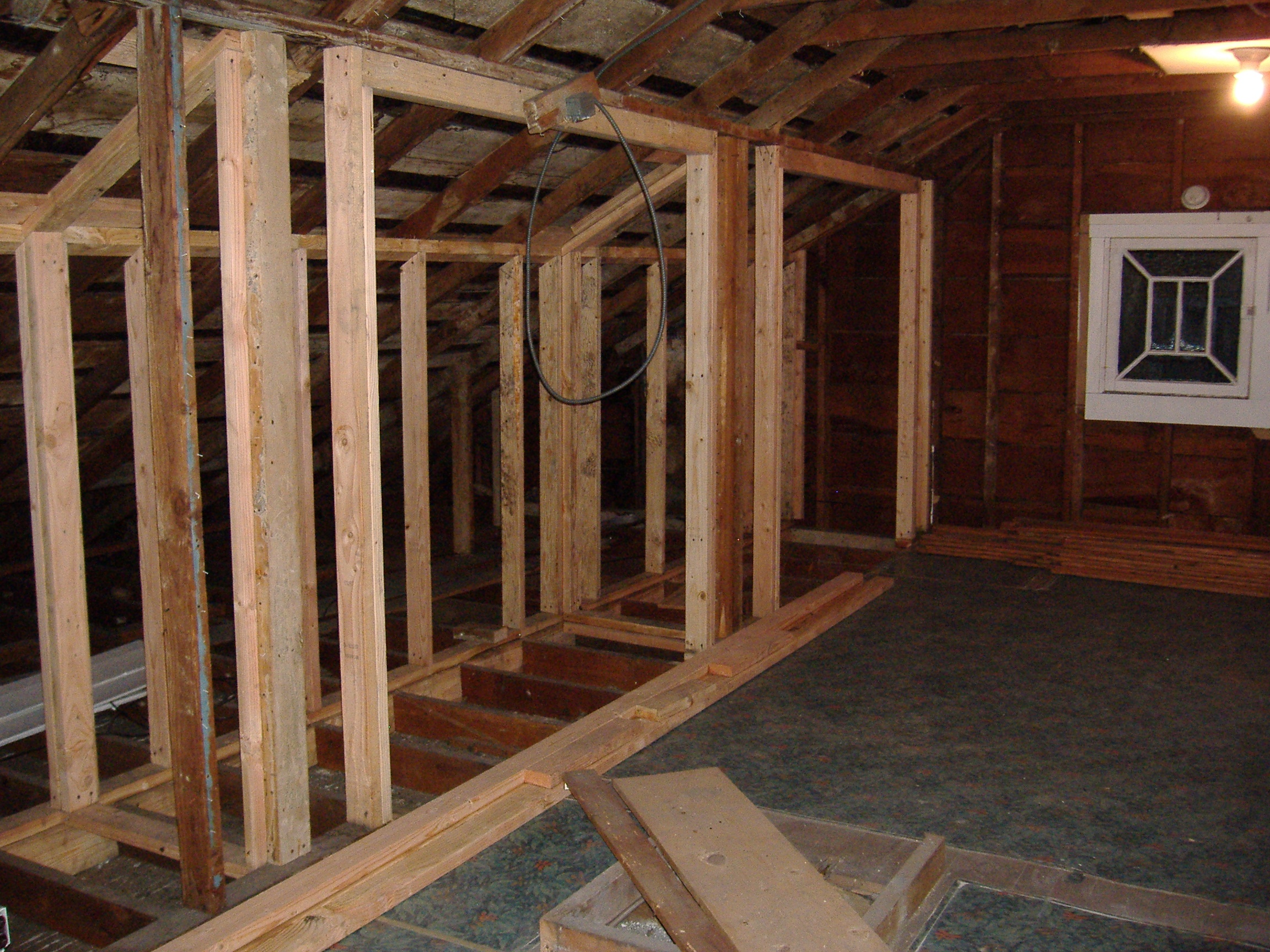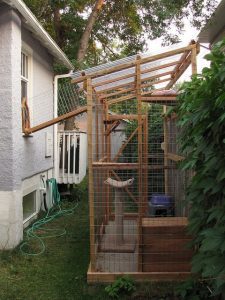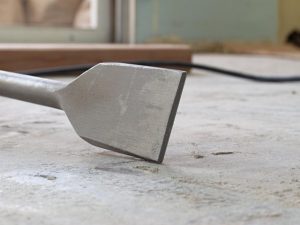
Attic closet ideas that maximize space into a functional closet present a unique design opportunity, blending creativity with practicality.
Attics often harbor unused potential, offering ample space that can be harnessed to organize belongings efficiently. Whether you envision a cozy wardrobe nook, a spacious walk-in closet, or a versatile storage area, the attic can be tailored to suit various needs.
This unconventional yet charming space allows for innovative and custom storage and solutions that maximize every inch of available room while adding a touch of character to your home.
Discovering the potential of an attic closet involves strategic planning, a keen eye for utilizing vertical space, and architectural nuances. Each element, from shelving configurations to lighting choices, contributes to crafting a functional and aesthetically pleasing attic closet.
Convert Your Attic into a Walk-In Closet

- Convert your attic into a luxurious walk-in closet with custom shelving and built-in storage units.
- Install additional overhead lighting or hang colorful artwork to complete the space.
Create a Corner
- Use slanted space to create a corner attic closet with floating shelves and a freestanding wardrobe rack.
- Eliminate dead space by adding narrow shelves or a multi-level shoe rack.
- Terms to keep: corner attic closet, sliding barn door, floating shelves, neutral attic closet, slanted space formed, Scandinavian attic closet, cool and bold space, multi-level shoe rack, slanted space, eliminating dead space, narrow shelves, adding narrow shelves, pocket door, freestanding wardrobe rack, built-in storage units, installing floating shelves, built-in shelves.
Storage Space Solutions

Practical storage solutions are essential for optimizing space in any home, especially in areas like attics where every square inch counts. Utilizing vertical space with tall shelving units or hanging organizers can efficiently store items while keeping them easily accessible. Incorporating modular storage systems in finished attics allows for flexibility, enabling you to adjust configurations as storage needs change over time.
Utilizing underutilized nooks and crannies, such as eaves or alcoves, can provide additional storage space for seasonal items or belongings rarely used. Incorporating multi-functional furniture pieces like storage ottomans or bed frames with built-in drawers can maximize space efficiency in bedrooms or living areas adjacent to the attic. By carefully planning and utilizing these storage solutions, attics can be transformed into organized, functional spaces, contributing to a clutter-free home environment.

Transforming attic spaces into functional storage areas offers many possibilities, from cozy nooks in attic closets to expansive walk-in closets. It utilizes the unique dimensions of slanted attic ceilings, and custom modular shelving can be installed to maximize storage space even in the trickiest corners. Imagine a tiny attic closet transformed into a stylish neutral space with built-in shelving,-shoe shelves, and custom shelves that fit seamlessly into the slanted attic layout. This excellent and functional idea turns an overlooked attic into a practical storage solution that complements the overall aesthetic of your home.
Creating a stylish yet functional attic wardrobe involves strategic planning and the integration of built-in storage units that maximize available space. By utilizing custom modular attic shelving, every inch of the attic space can be optimized for storage, whether it’s for clothing, accessories, or seasonal items.
A grey attic closet with sleek custom shelves provides a contemporary touch while maximizing storage efficiency. This approach transforms what was once a neglected attic into a stylish, neutral attic turned practical storage haven, showcasing how innovative design can turn the constraints of tiny space into opportunities to enhance your home’s organization and charm.

Optimize Your Attic Storage Space
- Use wall-mounted racks and shelves to save floor space.
- Install wire shelving or floating shelves on an attic wall for storage and display space.
- Add fabric storage bins for small accessories and clear shoe display cases to show off your shoes.
Creative Attic Closet Ideas
Transforming your cozy attic into a creative closet opens up imaginative possibilities. Consider turning the slanted attic ceilings into a design feature by incorporating custom-built shelving that follows the angles, maximizing storage while maintaining a visually appealing layout. A walk-in attic closet can be achieved by utilizing the entire attic space, creating a cozy and personalized area for storing clothes and accessories.
Experiment with lighting options to highlight the unique architecture of the slanted attic closets, making them both functional and aesthetically pleasing. Whether converting a tiny attic closet or designing a spacious wardrobe, the attic’s charm and potential offer endless opportunities for creating a truly unique and stylish storage solution in your home.
Exploring creative attic closet ideas can transform even the smallest attic spaces into functional and stylish storage solutions. Whether you envision a walk-in closet with built-in shelves cleverly fitted into slanted ceilings or a Scandinavian-inspired attic closet that combines minimalism with functionality, there are endless possibilities.
Utilizing glass sliding doors can maximize space efficiency while adding a modern touch, which is ideal for organizing a sloped ceiling nook into a smartly organized space. Incorporating built-in shelves optimizes storage and makes the room cozier, turning an attic nook into a practical and inviting part of your home.
Whether your attic has a practical idea or you’re looking to maximize the potential of limited floor space in a diagonal space, creative ideas can turn underutilized spaces into valuable and charming additions to your home.
Think Outside the Box with Unconventional Storage
- Use custom modular shelving to create a flexible storage system for tricky corners and nooks.
- Look for store-bought units or build custom shelves to fit your attic closet.
Small Attic Closet Ideas
Maximizing every inch of space is key to creating a functional and organized storage area when designing a small attic closet. Utilize the slanted ceilings by installing custom-built shelves or cabinets that fit seamlessly into the angles, providing ample storage for clothing, accessories, or household items. Consider incorporating built-in drawers or cubbies under the eaves to use otherwise unused space efficiently.
Opt for light colors and adequate lighting to make the closet feel more spacious and inviting. Glass sliding doors can also help save space while adding a modern touch and allowing easy access to the closet contents.
With thoughtful planning and clever storage solutions, even a small corner, the trickiest corner, or the tiniest attic closet can become a practical and stylish addition to your home. This demonstrates how creativity can transform limitations into opportunities to enhance your living space.
Make the Most of Limited Space
Designing a small attic closet that is functional and stylish involves creatively harnessing unique features like slanted ceilings and sloped ceiling nooks. Consider incorporating built-in shelves and cabinets that optimize the available space while maintaining a smartly organized layout. Glass sliding doors save space and add a modern flair, perfect for enhancing a Scandinavian-inspired space.
By strategically placing storage units under the eaves and using light colors to brighten the space, you can make the room cozier and more inviting.
Whether transforming a slanted ceiling closet into a walk-in closet or simply creating an excellent and practical attic nook, maximizing the potential of small attic spaces showcases how thoughtful design can turn limitations into functional and aesthetically pleasing solutions for your home.
- Build shelving between two walls to create a functional attic closet with a neutral color scheme.
- Add a small vanity or dresser section and a place to sit to make the room cozy.
Summary
Attic closets can transform unused space into practical storage solutions.
Creative organization in attic closets maximizes available space efficiently.
Designing attic closets requires consideration of unique architectural features.
Attic closet ideas often emphasize both functionality and aesthetic appeal.
Utilizing attic closets optimally involves strategic planning and innovative design.
Transforming attic spaces into closets involves customizing storage solutions.
Attic closet designs can vary widely depending on individual needs and preferences.
Practicality and accessibility are key factors in attic closet design concepts.
Attic closet ideas often integrate clever storage solutions for diverse items.
Effective use of attic closets enhances overall home organization and efficiency.




